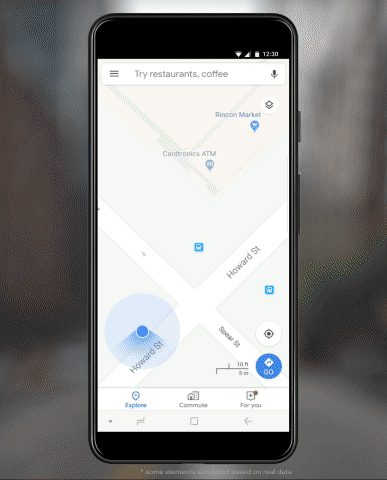
Jobs in Geo – Week 12
At Geoawesomeness, we’re working on creating an interactive job portal for companies to submit jobs and for job-seekers to look for jobs in the geospatial industry.
For the past two months so, we’ve been sharing jobs on our LinkedIn and in weekly blog posts. While it certainly is not our final product, it allowed us to get some quick feedback and share some awesome jobs submitted by companies while we develop and test the job portal. We hope that you enjoy this selection of Geoawesome jobs!

Featured Job: 3d Mapping Algorithms Engineer at Hivemapper
?San Francisco, USA
Hivemapper builds living, evolving 3d maps of the world. As we improve our technologies in speed, accuracy, information content, flexibility, and many other ways we consistently develop and deploy state of the art algorithms to solve these problems. In this role, you will collaborate with teammates across the company to design, develop, test, and deploy sophisticated solutions to a wide variety of challenging problems.
The ideal candidate for this role not only has strong technical implementation skills, but a demonstrated fluency in flexible mathematical and algorithmic thinking. This role exists in both standard and senior forms depending on the experience of the applicant.
You can read more about how Hivemapper aims to replace static satellite-based maps.
Quality Assurance Engineer Intern at understand.ai
?Karlsruhe, Germany
https://understandai-jobs.personio.de/job/86382
Community Manager at Safe Software
?Surrey, Canada
https://www.safe.com/careers/community-manager/
UX Researcher at Google Maps
?Sydney, Australia
https://tinyurl.com/y2bv5ren
Here are the positions that we have previously posted, some on our LinkedIn:
If you see any positions that would be interesting for our community, you can also submit a job using the online form for us to review and include in our list!
Are there any specific things you’d like to see in our job portal? Feel free to get in touch.
Want to get your dose of Jobs in Geo directly to your inbox? Subscribe to our jobs newsletter here.









